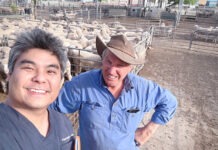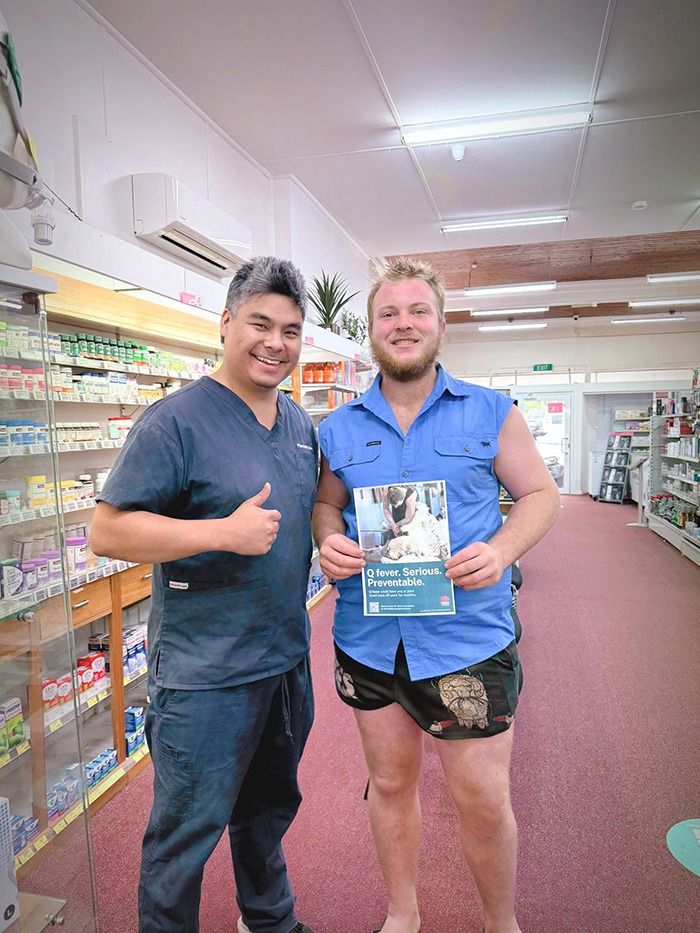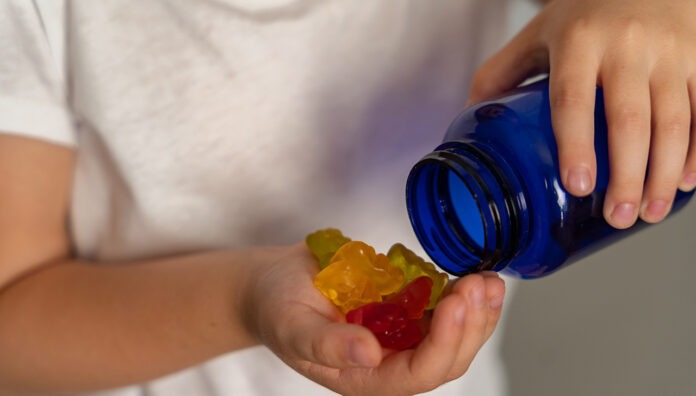Last year, it was reported that Australian poisons hotlines received almost 1,500 calls about child ingestion of melatonin.
In Western Australia, calls to the poisons hotline about melatonin have nearly doubled from 175 in 2018 to 322 as of August this year, across all age groups – mostly related to gummy products.
In the same month, online health retailer iHerb suspended the sale of melatonin supplements in Australia.
But there are retailers selling these products online, said Sarah Blunden, Professor and Head of Paediatric Sleep Research, CQUniversity Australia.

‘There are a lot of other companies from the United States that sell it,’ she said.
AP investigates what melatonin toxicity looks like, why so many kids are taking it and how pharmacists can help to ensure safe and effective use of medicines for sleep.
Why have calls to poison hotlines about melatonin gummies doubled?
From Prof Blunden’s perspective, the drivers are straightforward.
‘They are not regulated, they’ve got sugar in them and they taste good,’ she said. ‘Children love them and parents think they’re natural. And without dosage requirements, they might give them one, two or three, and there’s no pharmacist or doctor monitoring the dose.’
Independent analyses of melatonin gummies have shown large discrepancies between labelled and actual melatonin content.
‘Two research groups – one in Canada and one in the UK – found some had no melatonin at all, and some had up to 400% of what was on the label,’ Prof Blunden said.
‘without dosage requirements, they might give them one, two or three, and there’s no pharmacist or doctor monitoring the dose.’
Professor Sarah Blunden
The Therapeutic Goods Administration (TGA) recently conducted its own review, reporting significant variability between products. For example, The Smurfs Kids Gummies Melatonin 1 mg contained 155–170% variation from the labelled amount.
Endogenous melatonin biology is also highly individual, with retinal light-sensing pathways modulating secretion with wide inter-child variability, and there’s no practical clinical assay to map a child’s secretion pattern outside of a research study.
‘A child who’s particularly light-sensitive might have higher endogenous levels at a certain time, and if they then take several gummies, toxicity could be faster and worse,’ she said. ‘That’s why, when they present to ED, it gets labelled as an “overdose,” but we don’t exactly know what that means.’
What are the symptoms of melatonin toxicity?
Common reported effects of melatonin toxicity include headache, dizziness, nausea, and drowsiness.
Children can also experience central nervous system (CNS) effects, including extreme sedation, nightmares and vivid dreams.
‘Parents might see a very drowsy or unwell child and seek care, or they may witness ingestion of multiple gummies and go to the emergency department (ED),’ Prof Blunden said.
Sometimes, toxicity appears fatal.
‘In a review we conducted, two or three deaths of children who had ingested melatonin were reported, but they are not included in many systematic reviews – including ours – because we couldn’t confirm that melatonin was the cause,’ she said.
‘I also found a paper reporting seven infants who died with high levels of exogenous melatonin in the blood, but causation wasn’t established. It’s unknown – and that is really scary.’
Why are so many kids taking melatonin?
Sleep is increasingly recognised as a crucial factor in community health, said Prof Blunden.
‘Traditionally the pillars were healthy eating and exercise,’ she said. ‘But in the last 20 years, sleep has edged in as equally important.’
This shift is especially relevant for Australian parents, who have long encouraged children to sleep alone.
‘Because we’ve always had that expectation, there have always been issues around children who don’t want to sleep by themselves,’ Prof Blunden said.
Controlled crying was previously the standard response for children resisting independent sleep, but now, behavioural sleep medicine recognises melatonin as another option.
‘The increase in dual-working families, the need for children to sleep independently, the broader community conversation about sleep, and greater availability of melatonin for children who are not typically developing has led to the use of melatonin sharply rising,’ she said.
‘I’m on the board of the International Pediatric Sleep Association. And at the last two conferences, physiologists and clinicians said melatonin prescriptions and use have skyrocketed over the last 5 years,’ Prof Blunden said.
Who is melatonin indicated for and at what dose?
In Australia, melatonin is indicated for children aged 2–18 years with neurodevelopmental disorders including:
- Autism Spectrum Disorder (ASD)
- Attention Deficit Hyperactivity Disorder (ADHD)
- Smith-Magenis syndrome.
‘The strongest evidence base is for ASD,’ Prof Blunden said. ‘There is also some data for Down syndrome and for children who are blind or visually impaired, because melatonin signalling is received through the retina.’
In children who are neurodiverse, there is data of efficacy for 2 years of use – with dosing typically starting at 1 mg, reaching a maximum of 12 mg, Prof Blunden said.
‘The recommendations are to start at 1 mg and titrate if needed,’ she said.
ARTG-listed melatonin products for children are not in gummy form.
‘They are usually in liquid form from compounding pharmacies,’ Prof Blunden said.
But many children with ASD or ADHD who have sensory processing issues may have difficulties with certain food textures and medicine formulations.
‘The gummies are perfect for those kids, and that’s where, I believe, [the concept] came from in the first place,’ she said.
Why are neurotypical kids taking melatonin?
While melatonin is not indicated for children who are not neurodiverse, this has not stopped GPs and paediatricians prescribing it, Prof Blunden said.
‘Parents come in saying, “My child can’t sleep. What will you do for me?”’ she said.
As a hormone, melatonin is viewed as a ‘good drug’, with few adverse effects.
So many clinicians are prescribing it off-label. But there is no evidence of efficacy among children who are not neurodiverse, Prof Blunden said.
‘It’s challenging enough that primary health care professionals are advising parents with kids who are not neurodiverse to take melatonin,’ she said. ‘Now they’re suggesting they go online and get it in the US because it’s cheaper.’
But aren’t these overseas products illegal in Australia?
In Australia, melatonin is scheduled as a Prescription Only Medicine (Schedule 4) for infants, children and adolescents. Indeed, it requires a prescription for all persons under the age of 55 years (exception: treatment of jet lag in people over 18 years age).
However, some countries, such as the US, regulate melatonin as a nutritional supplement, rather than as a medicine. Many of these companies have, and continue to ship products purporting to contain melatonin to Australia, often at quite low costs to consumers.
So, while enforcement is difficult, people in Australia sourcing melatonin from overseas providers do require an Australian prescription for the import to be lawful.
What medicines advice can pharmacists provide?
Should a parent present with a script for methylphenidate (Ritalin, Concerta), which can disturb sleep architecture, this should prompt pharmacists to initiate a discussion about sleep strategies and medicines, Prof Blunden said.
‘A lot of kids who are on melatonin are also on sedating drugs such as antihistamines,’ she said.
Last year, the TGA developed a new contraindication for promethazine-containing products in children under 6, with the medicine posing a risk of respiratory depression, psychiatric or central nervous system events in this age cohort.
Clonidine is another medicine commonly used to treat ADHD and/or sleep disorders in children.
‘I’d estimate 10–20% of neurodiverse children I see are on clonidine,’ Prof Blunden said.
When these medicines are prescribed, and when warranted, Prof Blunden advises calling the prescriber to understand the rationale.
‘Sometimes the doctor says, “We need to calm this child at night because mum and dad can’t regulate sleep otherwise”,’ she said. ‘These parents are exhausted, and some have multiple children while pregnant with another, so they are desperate for sleep,’ she said.
Once behaviour stabilises, these medicines should often be tapered off.
‘We try to get children to a point where they can manage their sleep without medicines,’ she said.
For typically developing children with persistent sleep issues, Prof Blunden often suggests getting a script for melatonin – with therapy monitored via a GP and pharmacist.
‘But ultimately, many of these medications can be minimised with effective behavioural and psychological treatments specific for sleep.’


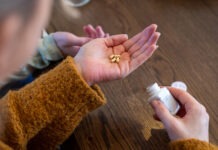


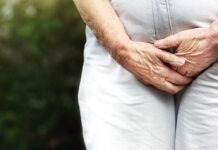
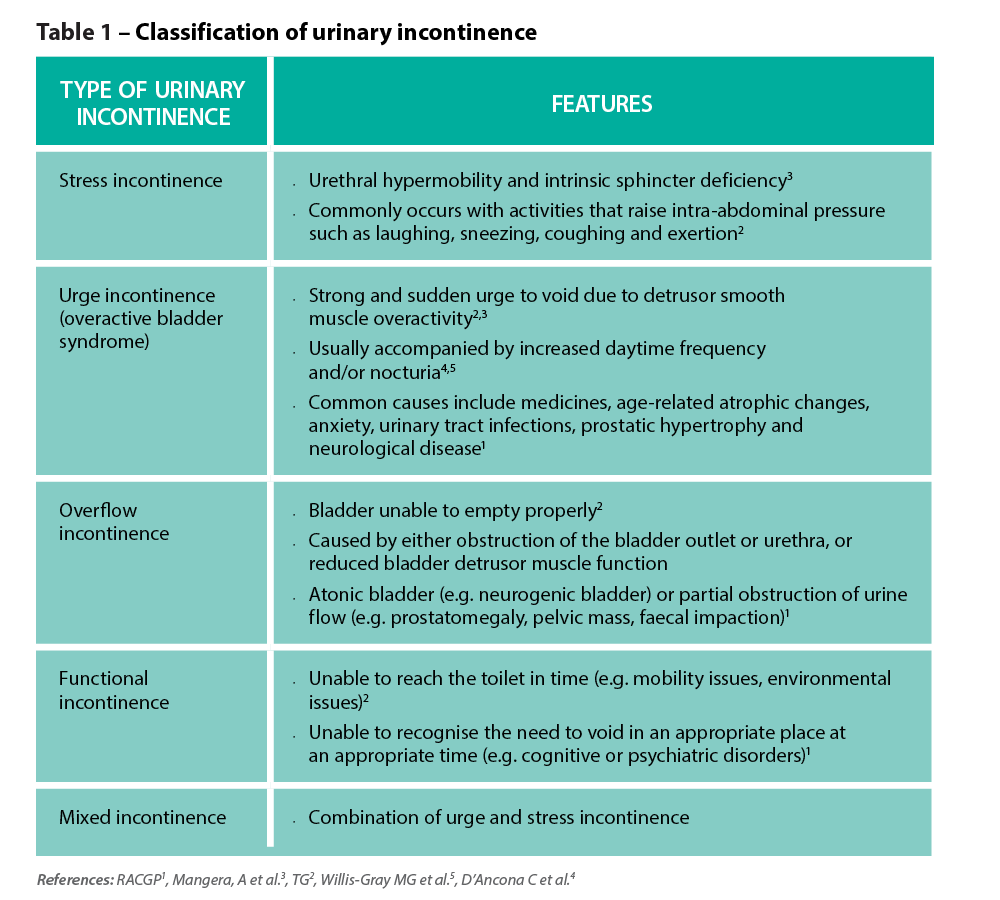
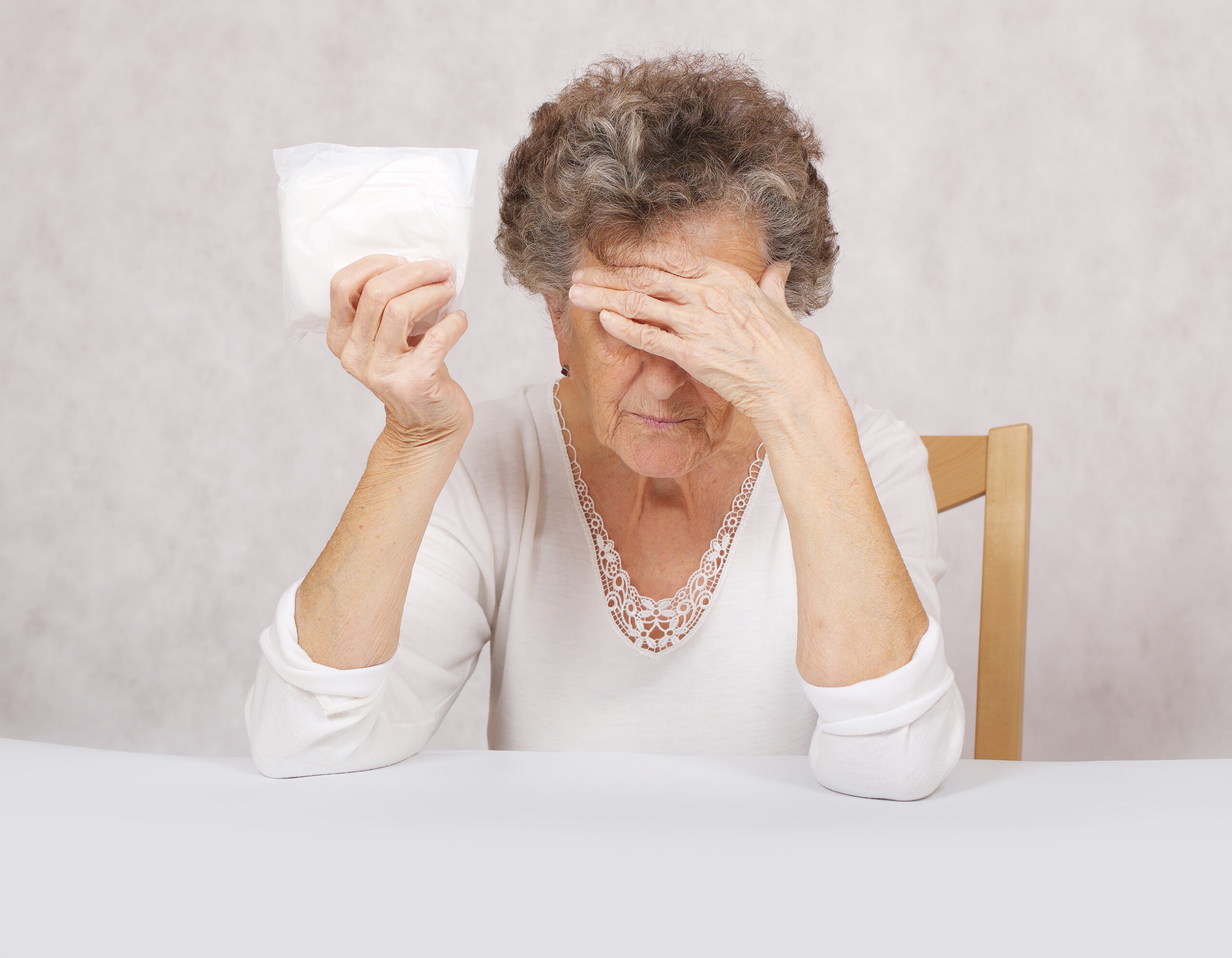 Patient resources
Patient resources